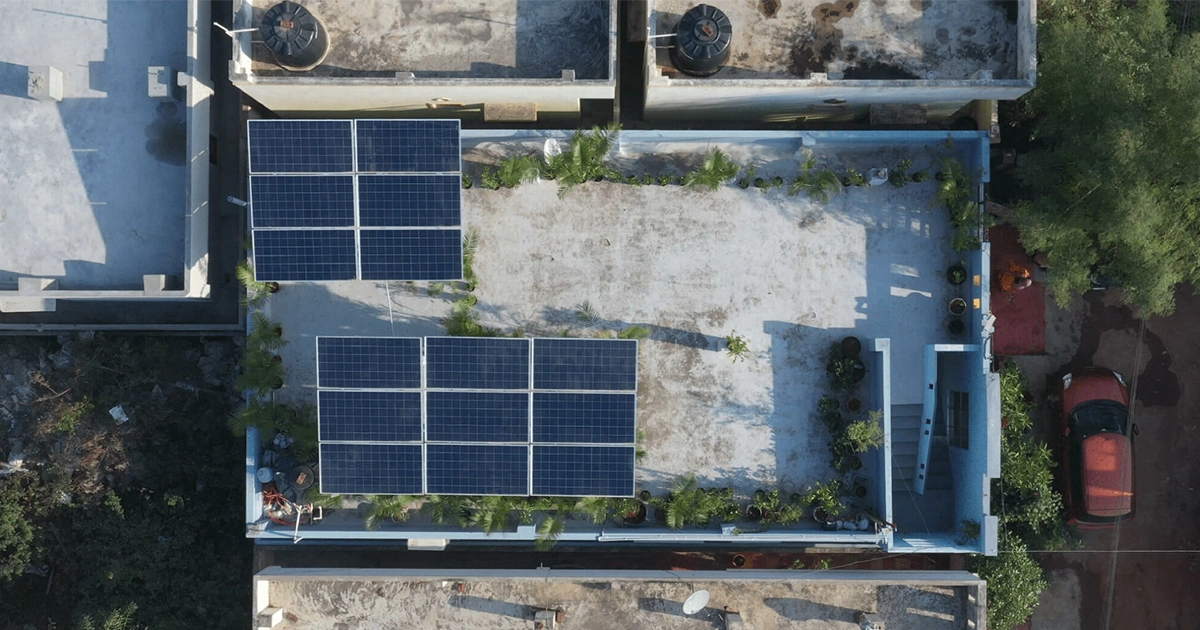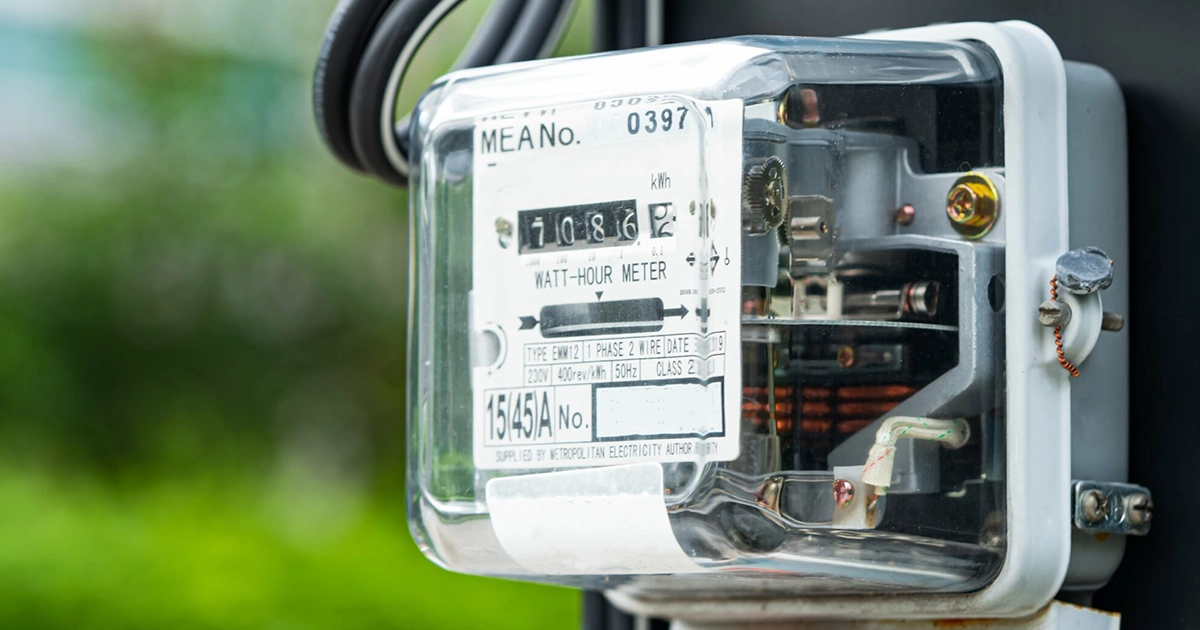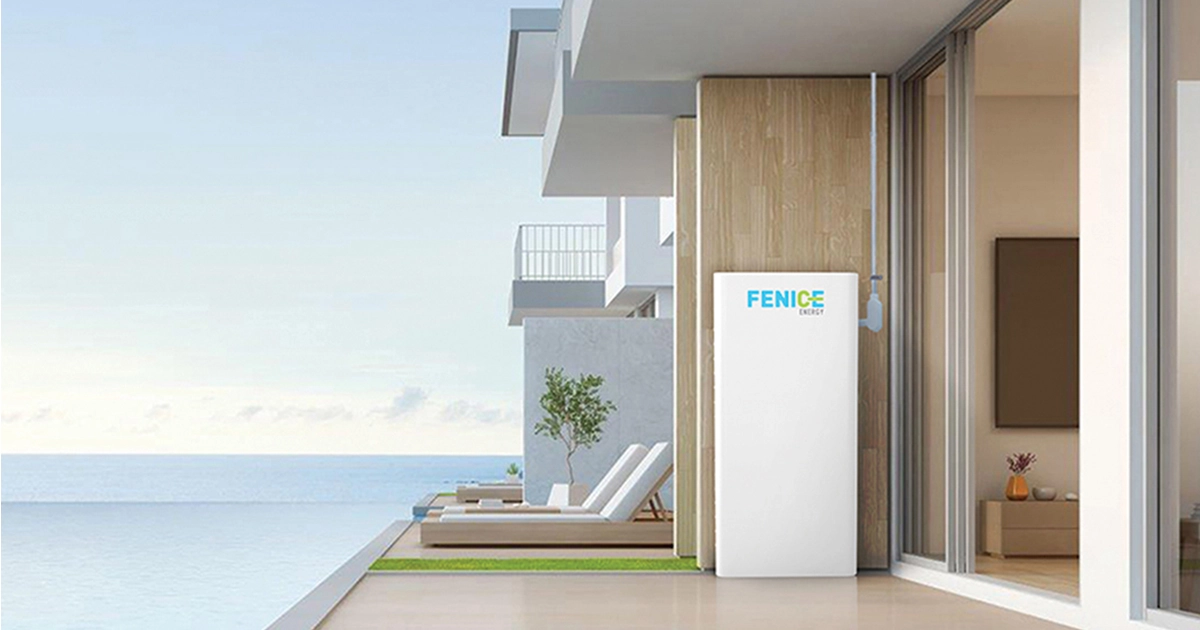Do you know? No more we need the grid to supply electricity to power our residential/commercial loads!
Yes, right! we can avail of this with an “off-grid solar energy system”
At many remote/rural locations such as a farmhouse or cottages, access to the grid is a difficult and costly task, we often experience a frequent power failure and yes we know how irritating it is!
Solar energy ends up being the most productive and solid sustainable power source with a series of economic benefits to cater to all your loads.
The off-grid solar energy system is a popular choice in places with frequent power cuts and remote areas where access to the grid is difficult.
You must be wondering how this solar energy works without connecting to the grid, and what are the pros and cons, is it worth installing this solar energy system, how an inverter works in an off-grid system?
Well in this article we have tried to answer all your questions and enhance your knowledge about the off-grid system.
What is an off-grid solar system?
Off-Grid Inverter
How to connect an off-grid inverter?
An inverter is placed between the solar panel and the loads. The inverter is not directly connected to the solar panel, it is assembled with a solar battery and the charger to control the energy supplied to the inverter from the solar array.
Optional generators such as diesel, fuel etc can be added with the inverter to supply energy in case the solar battery gets exhausted or if the solar panels operate below the required efficiency level.
How does an off-grid inverter work?
The DC power generated from the solar panel or solar battery is supplied to the inverter, the inverter consists of a capacitor and inductor circuit that opposes the sudden change in its direction and the current begins to rise and fall thus generating the sinusoidal waveform. The generated waveform is either a pure or modified waveform.
With the basic conversion function, the inverter also functions as a monitoring device, it is used to record and store the solar PV system data.
The advanced inverter is equipped with a maximum power point function to ensure optimum tracking of solar radiation.
For a place where a power halt can cause a huge loss, an inverter can be equipped with a generator and solar battery to ensure a continuous power supply.
Types of off-grid inverter:
Off-grid inverter depending on the output waveform is divided into the following three types:
1. Pure sine wave inverter
2. Modified sine wave inverter
3. Square wave inverter
1. Pure sine wave inverters: Pure sine wave also known as true value inverter comes with a stable sine wave output i.e. it generates continuous repetitive oscillations in both positive and negative directions. It proves to be a good choice for sensitive electronic appliances. Depending on the frequency it is further classified as :
• Low frequency: This inverter generates a high starting current, hence it proves to be more beneficial for compressors and air-conditioners that can be used for long run time.
• High frequency: These inverters are reliable and efficient with an ability to run both inductive as well as resistive load as compared to modern sine wave inverters. They are free from electromagnetic pollution and offer a higher power conversion rate with minimum losses.
2. Modified sine wave inverter: This type of inverter though is less expensive but comes with a distorted waveformi.e they have a time interval between the maximum positive and maximum negative point. They are also technically termed modified square wave inverters. This inverter is not recommended for an inductive load (this kind of loads run on electromagnetic principles and requires a high starting current) such as compressors, relays, motors, fluorescent lamps etc as it causes excessive heating that may affect the durability of the appliances. Due to its low cost, one can use it for small devices but are not recommended for the renewable energy system.
3. Square wave inverter: These inverters generate poor quality unstable square wave AC output which will affect the durability of the inverter as well as the load. These inverters are not currently used due to their instability and the generation of harmonic distortion.
Confused between pure and modified sine wave inverters? Let us check some basic differences between these two.
From the above discussion, one can surely see that a pure sine wave inverter is a better choice but if the cost is the criteria and you are not a frequent user one can choose a modified sine wave inverter.
Now once you are aware of the difference between this inverter, the other point that might strike you is how to select the inverter, what criteria should one use to select the inverter.
How to select off-grid inverters for your home?
While choosing any inverter one needs to know some basic technical terms (link to be given) like power, energy rating, efficiency etc. Let us consider a few below points that one must check before selecting the inverter.
1. Types of target appliance: In the market varieties of inverters are designed depending on the appliance requirement, one should target the required appliances and choose accordingly.
2. Power Consumption: After the identification of target appliances, the next task is to calculate the total power consumption by these loads.
3. Once the total power consumption is identified a suitable inverter rating is to be selected, if we consider a 100% efficient inverter(with zero losses which is practically not possible) then the power requirement rating is equal to the inverter rating.
But in the practical condition, an inverter with a sufficient higher rating than the total load rating is selected.
4. Choice of an Inverter: The present market consists of an inverter with some advanced features such as remote control, inbuilt alarms, advanced cooling fans, etc for better durability and maintenance of the inverter.
5. An off-grid solar inverter ranges from less than 1kW for small appliances to more than 16kW for commercial buildings.
Advantages:
1. Independent of grid
2. The output voltage can be regulated as it is not loaded dependent
3. Easy to install in remote areas where connectivity to the grid is a tough task
4. Reliable as power can be stored in batteries
5. Synchronisation of voltage and frequency between grid and inverter is not required
Disadvantages:
1. Grid connection is not available
2. More complex in installation
3. Limited backup hours













